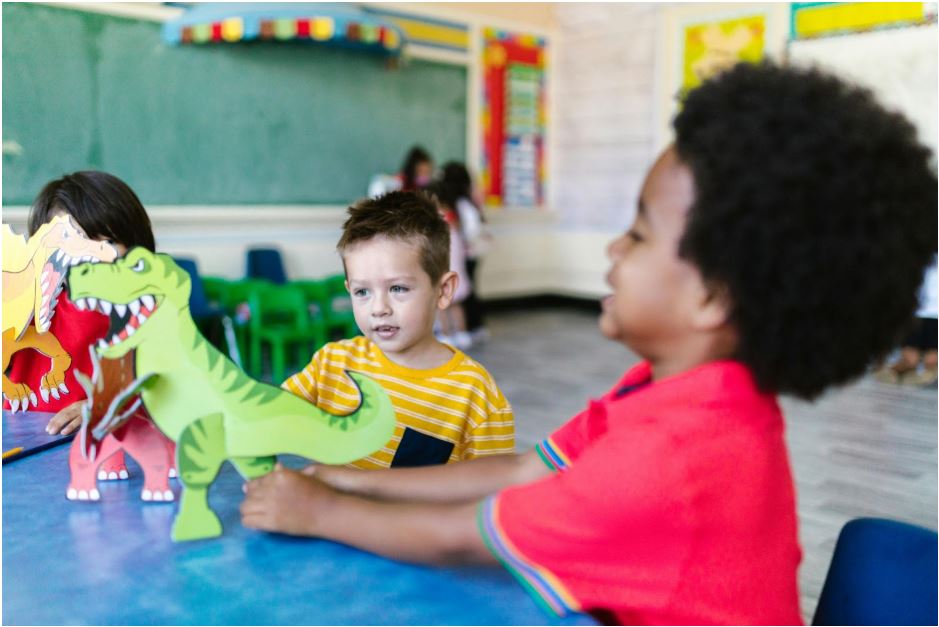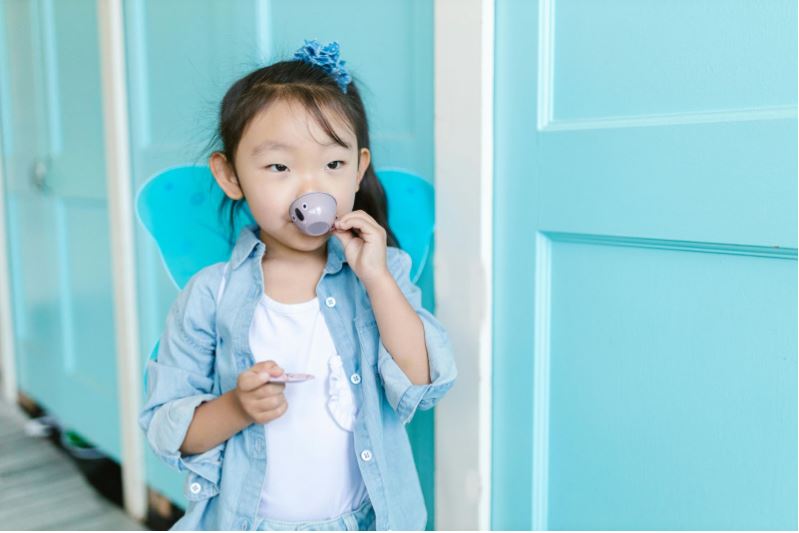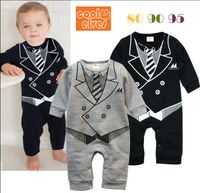Oh, hi! We haven’t chatted in a while. Like you, I’ve been busy with life. Three growing kids and my own adulting are topics I’d love to cover more often, but I’ve been spending a lot of time over at my new freelancing gig, Highlights Early Learning blog. I am stupid excited to have the opportunity to write for the very magazine I grew up reading/finding hidden pictures! I’m doing a lot of work with preschool stuffs and this here is more of that early learning stuff.
We often think of children’s education beginning at school, with preschool essentially readying them for what’s to come with formal education. In reality, though, the fundamental learning process begins before either of those with Pre-K (pre-kindergarten) – the very core of childhood education that serves to teach the valuable skills required to function in the years ahead.
In this article, you’ll learn how four key learning styles come together to provide a strong foundation in your child’s earliest years.

Image Credit: Pexels
Auditory Learning
The ability to listen carefully to comprehend a lesson is something a lot of children struggle with, so it’s a good idea to start early with these sorts of skills. Both for those who do flourish with auditory learning and those who find it difficult, it’s important to try to make lessons fun: utilizing rhythm and song can be highly effective, whereby a difficult concept with many different components can be made memorable by being written into a catchy piece of music.
Reading stories can help a great deal, too. Subtly engaging a child in the target topic by weaving it into a narrative that they’re interested in is a surefire way to make it stick. You can also play games that have an auditory component such as ‘20 Questions’: this game is perfect, as it has the child listening, deducting, and recalling, thereby strengthening their comprehension.
Visual Learning
Visual is one of the most basic forms of learning there is, but it’s also one of the most important.
Children who have the propensity to learn best with visual learning benefit from teaching styles that are highly illustrative – lessons that use drawings and a lot of color, and use tools like infographics, charts, and flashcards. Visual learners readily accept this information and use it to build strong neural connections to the material they’re discovering.
For example, abstract concepts such as numbers can be broken down into physical puzzles with shapes and blocks, or picture books can be used to convey a problem where the numbers themselves would be too overwhelming (math for pre-k focuses a great deal on visual techniques).
At home, parents can play games like ‘I Spy’ with their kids to get their visually attuned brains working, while creative endeavors like art projects with a learning component – such as painting by numbers – can be of great value.

Image Credit: Pexels
Reading and Writing
Reading and writing are essential skills for everybody, and while they’re built up slowly during early school life, there’s plenty children can do to get acclimated beforehand. Even at the pre-k level, you’ve likely noticed that your child displays a natural curiosity for words on a page, and that they’re receptive to activities involving text even though they cannot read it.
For pre-k kids, a lot of getting used to text comes from tactile, visual activities. These could involve getting them to trace letters in sand or paint, for example, or practicing the motions of writing in a ‘pretend’ manner. These activities allow them to work on the key motor skills that’ll be used in the coming years, and will whet their appetite for written communication.
Kinesthetic Learning
Kinesthetic learning involves learning via touch. Kids who excel at this sort of education engage their whole bodies to explore, preferring physical activities to get topics to stick.
Whether your child has a natural inclination to this style of learning or not, kinesthetic learning is an important tool to use for all kids. Educational games involving movement, sensory bins, and even virtual reality headsets can be used to further this end, with traditional subjects being cleverly woven in. For example, math can be taught using a basic hop-scotch grid, getting kids used to numbers by physically jumping on top of them.
Scenarios through which basic forms of roleplay and acting are also great methods for getting children to learn kinesthetically, as are activities done at home like cooking, gardening, and playing sports.
REMEMBER: Pre-k learning is an important part of any child’s development, but it’s important not to put too much pressure on the process. These activities should be fun for your children and foster a sense of wonder and adventure; they should take their budding interests, and the early semblance of their preferred learning styles, and gently encourage them to explore on their own in a nurturing environment.


Your two-cents here: